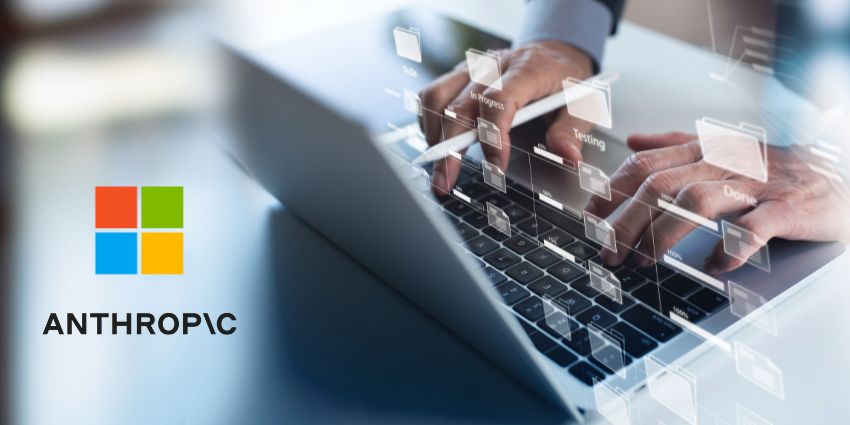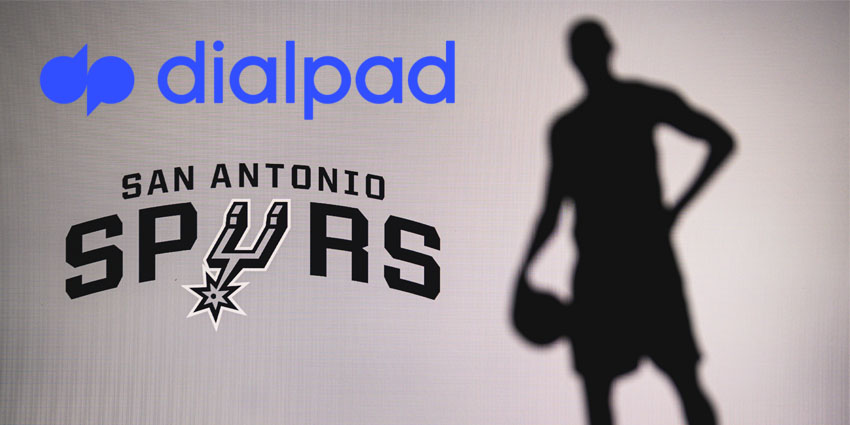So far, we’ve discussed how both Microsoft Teams and Cisco Webex Teams can deliver team and user experience solutions for UC 3.0. Now, it’s time to look beyond the workforce, into towards the needs of your customers.
Remember, 67% of customers reference bad experiences as their primary reason for churn. If you want to hold onto your community in today’s competitive environment, you need to provide an exceptional experience.
Because collaborative tools like Cisco Webex Teams and Microsoft Teams keep the back-end of your company connected, they also deliver upgraded opportunities for stronger customer experience. If your people can communicate freely and work together on customer problems, then they can provide results much faster.
However, companies like Microsoft and Cisco are also developing new ways to connect the collaborative and contact centre experiences, to ensure a more complete UC environment. In the world of UC 3.0, front-end and back-end communications are more connected than ever.
Today’s competing companies need to search for a solution that provides:
- Contact centre: Omni-channel communication is a must-have in today’s CX-focused world. The best unified communication solutions come with access to contact centre as a service systems. These hosted cloud environments provide real-time monitoring of customer interactions via dashboards and wallboards. They also support stronger results via skills-based, prescriptive and predictive routing. Some come with Workforce Management and Workforce Optimisation tools built-in.
- Analytics: It’s not enough to just communicate with your customers anymore. UC 3.0 demands that you’re continually gathering and analysing data to improve your results. The right solutions will come with access to call reporting, call recording, and call evaluation tools. Some of the best services also offer speech-to-text, which makes searching through content easier, as well as real-time transcription and translation. Microsoft provides a host of speech technologies powered by AI to measure intent, context, and sentiment.
- Chatbots: Human beings aren’t handling customer service alone anymore. We’re living in an age where it’s possible to get support from digital co-workers too. AI-powered interfaces, bots, digital assistants and augmented agent technology all lead to a more consistent and contextual experience for customers and agents.
Cisco Contact Centre
When it comes to contact centre solutions, Cisco offers something to suit almost every business. Their Customer Journey Platform is available on a CCaaS basis to those with their eye on the cloud. On the other hand, there’s also a range of on-prem customer journey services, such as packaged contact centre enterprise, unified contact centre express, and unified contact centre enterprise.
As companies continue to demand more than just a “one-size-fits-all” contact centre to suit their customers, Cisco has plenty of heritage and expertise to help. Cisco allows companies to combine all of their software with any other applications, for a completely unified and easy-to-manage system. When everything is connected, it’s easier to deliver context to crucial business conversations.
Cisco’s “Custom Application Development and Integration” (CADI) services also ensure that individuals can customise their Cisco experience according to their needs, with integrations to third-party apps and tools.
Cisco also takes CX as part of the UC experience to the next level with access to a range of AI solutions. For instance, you can build AI-empowered self-service solutions to give customers the answers they’re looking for with agent support. Intelligent routing makes sure that clients always reach the best agents and the right times, through valuable and proven routing algorithms.
There’s also real-time support available for contact centre agent. Cisco’s “Answers for Agents” service ensures that your employees can deliver the seamless and customised experiences that your customers need to remember your brand.
For the most part, Cisco’s contact centre strategy still seems to focus on larger enterprise companies, with limited options for fewer than 100 agents. However, there are still plenty of opportunities for companies to expand their customer experience strategy through everything from virtual assistants, to intelligent routing.
Whilst Cisco are putting a lot of energy into their CCaaS front-runner, the Customer Journey Platform, Cisco are also building bridges from their legacy platforms into the cloud, so rest assured there’s a solution in the Cisco portfolio for every deployment model possible whether you desire a private, hybrid or fully public cloud delivered contact centre solution.
Microsoft Contact Centre
For now, implementing your contact centre as a connected solution with your Microsoft Teams and other UC services is still a complicated process. Companies can only integrate contact centres through third-party solutions. What’s more, the options are somewhat limited. You can find a range of applications intended to expand features like contact centre, attendant console, and call recording into your Microsoft experience in the App Catalogue. However, for now, these solutions are only available for Skype for Business, and not Teams.
Some of the significant partners working with Microsoft on the CX component of their UC 3.0 strategy include Enghouse Interactive, Landis Technologies and Genesys. Unfortunately, accessing even basic call analytics is still a challenging and expensive process, with all innovation coming from outside of Microsoft Teams.
At the time of writing this article the developer community are waiting for Microsoft to open up the cloud calling API so that they can connect their contact centre applications natively to Microsoft Teams. Once Microsoft allow API connections into a Microsoft Teams tenant, I expect to see lots more ‘Teams first’ CX solutions to enter the market. For now, if you require a Microsoft Teams contact centre based solution it will inevitably involve some kind of hybrid connection to your Skype for Business Server and users, or it will need to outside your Teams platform in its own silo.
As companies continue to see the value in combining their collaborative and contact centre solutions, Microsoft is still a little behind the curve. If they want to ensure the continued adoption of Microsoft Teams, they’ll need to invest more deeply into this concept going forward.
Read on.. Cisco Endpoints vs Microsoft Teams Endpoints
or Download the full Cisco vs Microsoft Smart Guide here







